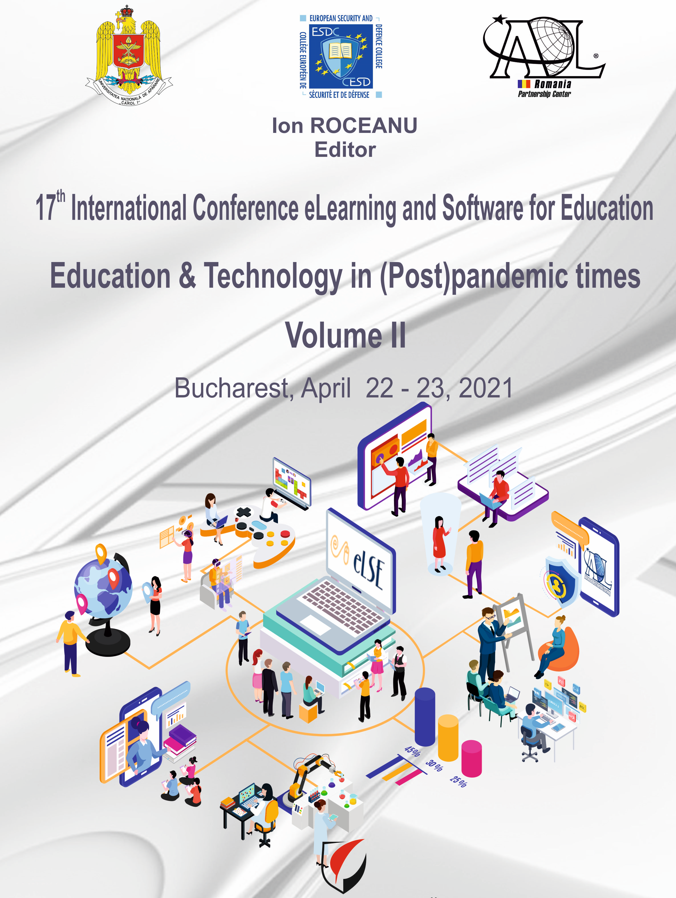DISTANCE LEARNING IN NMSTU UNDER THE COVID-19 PANDEMIC: ENGINEERING STUDENTS’ SATISFACTION ANALYSIS
DISTANCE LEARNING IN NMSTU UNDER THE COVID-19 PANDEMIC: ENGINEERING STUDENTS’ SATISFACTION ANALYSIS
Author(s): Angelina I. Dubskikh, Anna V. Butova, Olesya V. Kisel, Galina А. BosikSubject(s): Education, Higher Education , Health and medicine and law, Distance learning / e-learning
Published by: Carol I National Defence University Publishing House
Keywords: the COVID-9 pandemic; the distance learning; MOODLE; engineering education; the learning process;
Summary/Abstract: The forced transition to learning with using online training technologies, which took place in the spring of 2020, generates a request for assessing the readiness of students and educational institutions in the higher education system to study in new conditions. The authors of the article describe the experience of a complete transition to a distance education format at Nosov Magnitogorsk State Technical University during the COVID-9 pandemic. The main issues that have arisen when organizing this form of training for engineering students are described. The authors also noted and characterized the positive and negative aspects of distance learning. The main goal of the study is to determine of NMSTU engineering students’ attitude to the COVID-19 pandemic, the organization of distance learning in self-isolation, as well as the level of their digital literacy. A questionnaire, conducted among 786 first and second year engineering students became the research method. The analysis of the responses revealed, that students have good skills in working with modern technology, in the Internet, software, which contributes to quick adaptation to a new learning form. The vast majority of students have up-to-date information (obtained mainly from official sources) on the ways of spread and methods of preventing the spread of the new coronavirus infection. Most of the students are satisfied with the learning process in the distance mode; highly appreciate the educational content and its presentation by university teachers. Difficulties arising in the course of mastering educational programs in a new form are mainly associated with technical problems due to the high load on the university server. The conclusion is made about the possibility to use this form of education in the pandemic as a balanced alternative to traditional in-class education. Correctly selected course materials, based on the learning goals and objectives and the characteristics of the educational process in the online environment, provided the students with the educational process continuity, and the teachers –with positive feedback.
Journal: Conference proceedings of »eLearning and Software for Education« (eLSE)
- Issue Year: 17/2021
- Issue No: 02
- Page Range: 294-301
- Page Count: 8
- Language: English

